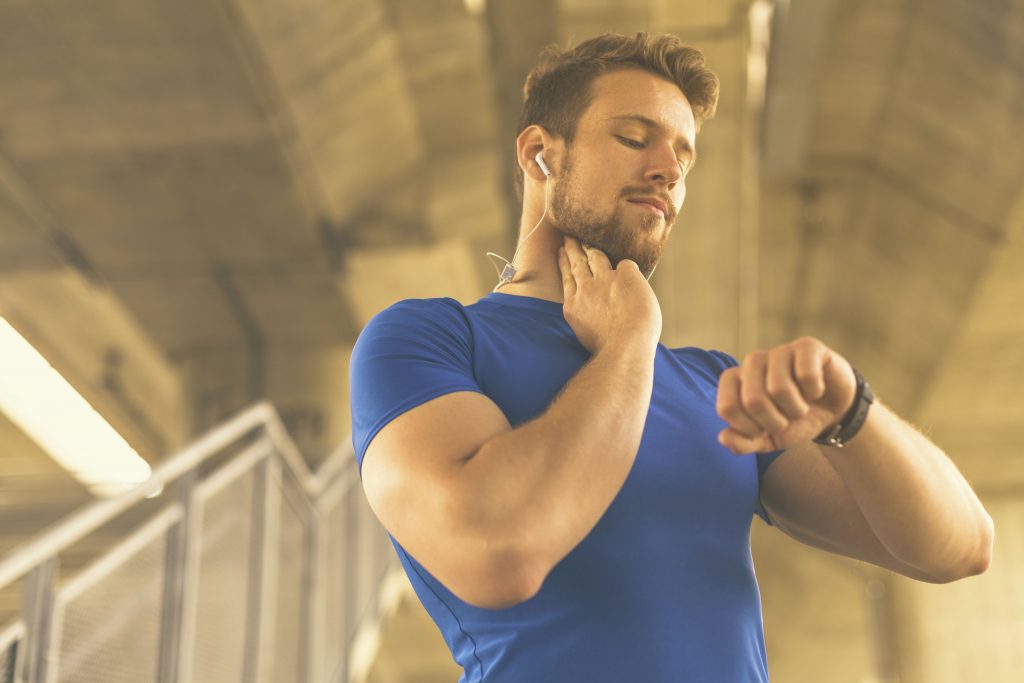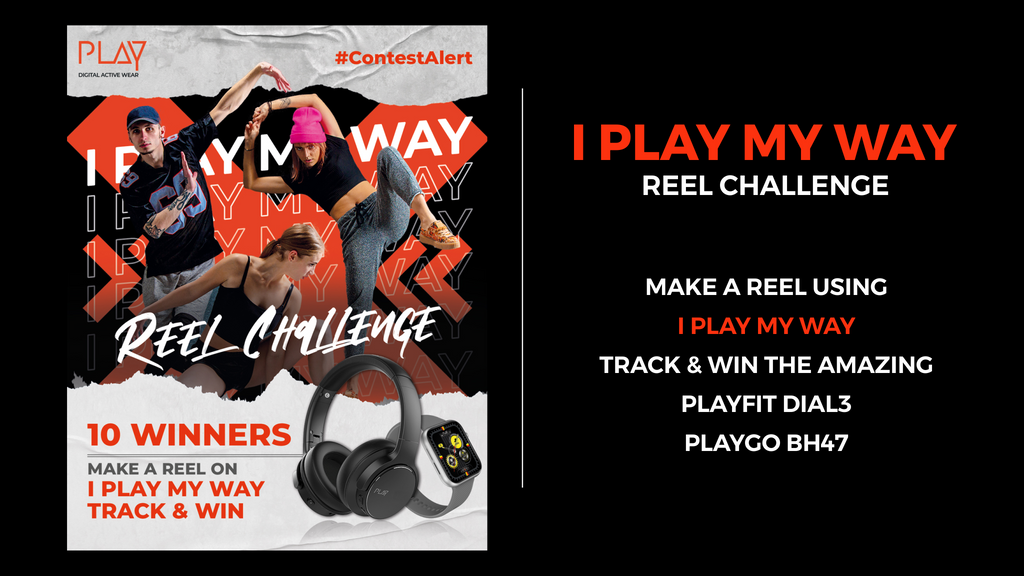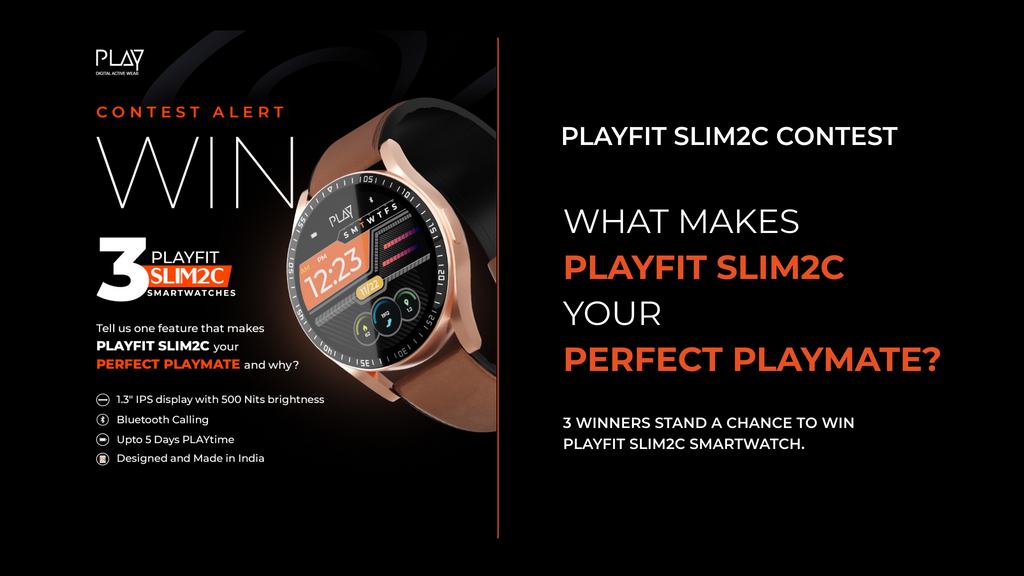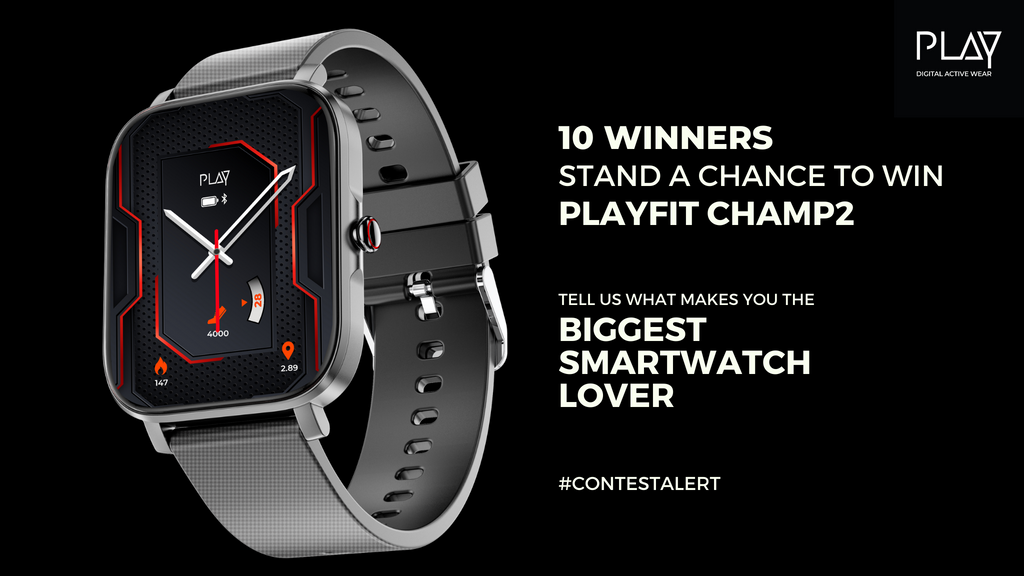

Why you Should Monitor your Heart Rate while Exercising?
Whether you want to be fighting fit or want to look hot in the swimsuit you’ve been eyeing on for a while, having a chiselled body is the dream of many. While your heart is set on speeding your way to those six-pack abs, the odds are that lack of knowledge, of that very heart, is coming in your way! Simply put, spending long hours doing intense workouts, without paying heed to your heart rate (using a heart rate monitor) is akin to running a 10k marathon (and hoping to win!) armed without as much as a proper pair of running shoes! Sweating it out doesn’t necessarily mean that you are burning fat or gaining muscle. We aren’t discouraging you, just laying the facts out there!
So, it’s imperative that you know the target heart rate that’s ideal for sustainably meeting your fitness goals.
Understanding Zones
First up, it helps to know what the different heart rate zones are, before figuring out the ideal target zone that helps our body get lean and mean!
1. Resting Heart Rate
As a thumb rule, the average resting heart rate (RHR) for people between the ages of 10 and 60 is between 60-100 beats per minute. Typically the fitter you are, the lower your resting heart rate is. As, the more efficient a heart is, the fewer time it beats per minute.
Depending on your age, a resting heart rate falling between 60 to 80 beats a minute is considered as good to average levels of cardio fitness. Professional athletes with endurance training, record a much lower resting heart rate, averaging between 50 to 60 beats a minute. That’s a hard goal to reach, so don’t beat yourself if you are still touching 70.
You could measure your resting heart rate as you get out of bed in the morning or at any time during the day when you are feeling relaxed. But that sounds tedious & ambiguous, right? It’s a good thing we make fitness bands with a Heart Rate Monitor. So why stress over the math when you can leave the numbers to the device! Just saying!
2. Maximum Heart Rate
The maximum heart rate (MHR), on the other hand, refers to the fastest rate at which your heart will beat in one minute. MHR is your fitness safety net. Exceeding this limit, although possible, is not recommended as it means that you’re pushing yourself harder than your body can take. So, go ahead, be daredevils about your workouts, but safety first!
You could calculate the maximum heart rate by a simple formula:
Maximum Heart Rate (MHR) =220 - age
So at 20 years of age, your maximum heart rate would be 220 less 20, which equals 200.
Alternatively, you could use the more evolved formula if you are up for some extra math!
Maximum Heart Rate = 206.9 - (0.67 x age)
So, why bother with MHR in the first place? Well, it important to know your Max HR to find your target HR.
What does the Target Zone Mean?

Your target heart rate zone is a range that states the rate at which your heart should be beating when you exercise. It ensures that you are exerting yourself at a level intense enough to reap maximum benefits. Think of the target heart rate then as the “soft spot” between not exercising enough and overdoing it!
The target heart rate is generally expressed as a percentage of your maximum heart rate.
For general fitness, you can train as low as 50% or as high as 75% of your maximum heart rate, while experienced athletes may be working as high as 80-85% of the maximum heart rate.
In fact, the Indian Medical Association has specified the Target Heart Rate zone at different age brackets as below:
| Target Heart Rate by Age Heartbeats per minute (% of max. HR) | ||
| AGE (YR) | LOW(50%) | HIGH(75%) |
| 20 | 100 | 150 |
| 30 | 95 | 143 |
| 40 | 90 | 135 |
| 50 | 85 | 128 |
| 60 | 80 | 120 |
| 70 | 75 | 119 |
Pro Tip- After you exercise it is important to safely lower your heart rate. Heart rate recovery, usually measured in the minute following exercise, refers to the speed at which our heart rate decreases after a bout of exercise. So, stretch it out!
Do you need a Heart Rate Monitor?
Absolutely! We’d rather you skip the math and use the time to pump iron instead. Wearing a fitness-tracking device with a heart rate monitor is your best bet.
We’re not saying this because we make fitness bands and smartwatches with HR monitors, but because we’ve tried other types of monitors like chest bands, trust us, they aren’t comfortable. Not only will fitness bands provide immediate feedback on how hard you are working out, but you can also determine, in real-time, if your efforts should be stepped up or scaled-down.
Now, that’s a surefire way to get the most of your workout! So, if you have been lusting for a good reason to invest in one, there couldn’t be a better time! Also, here’s to achieving your fitness goals! Cheers!


